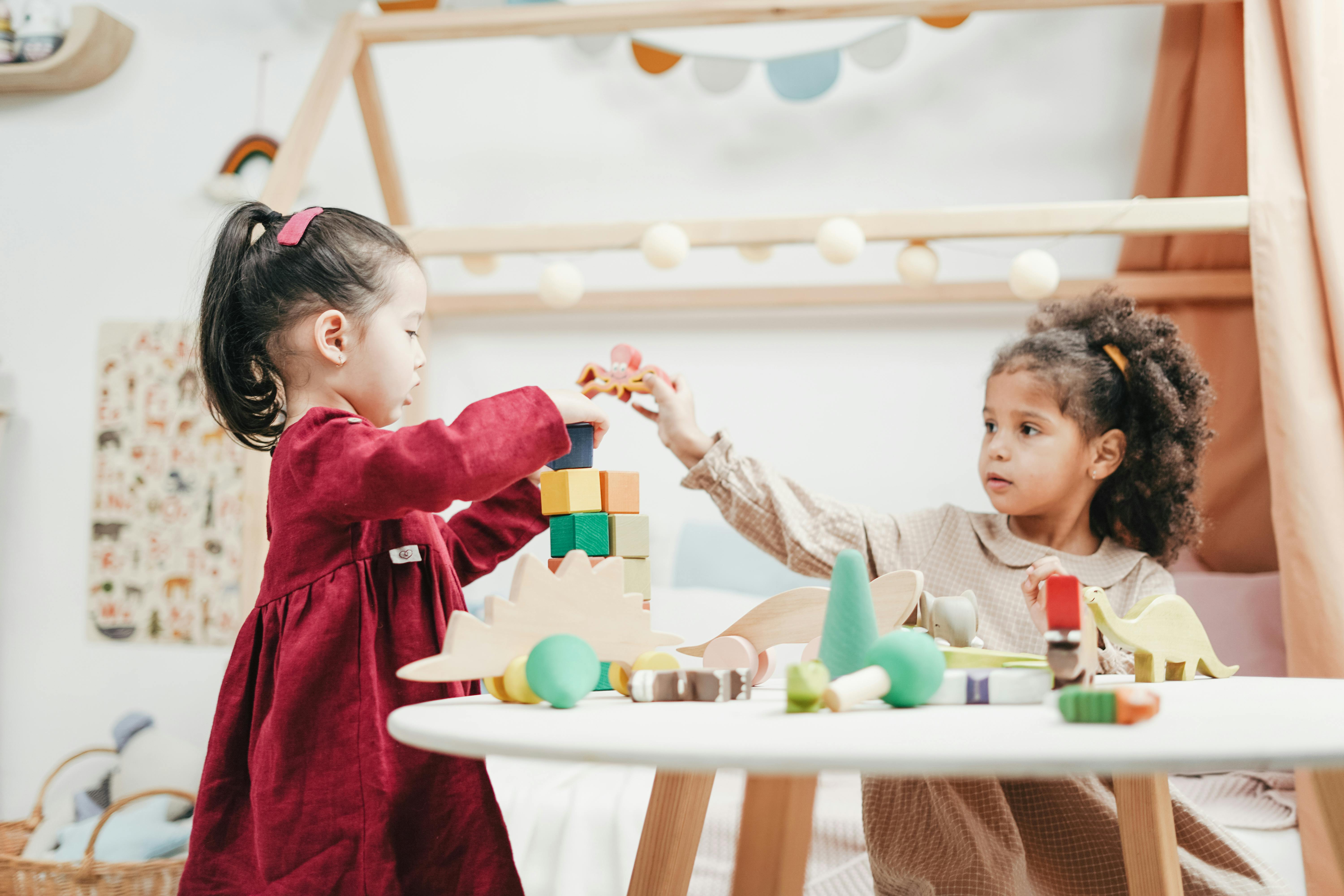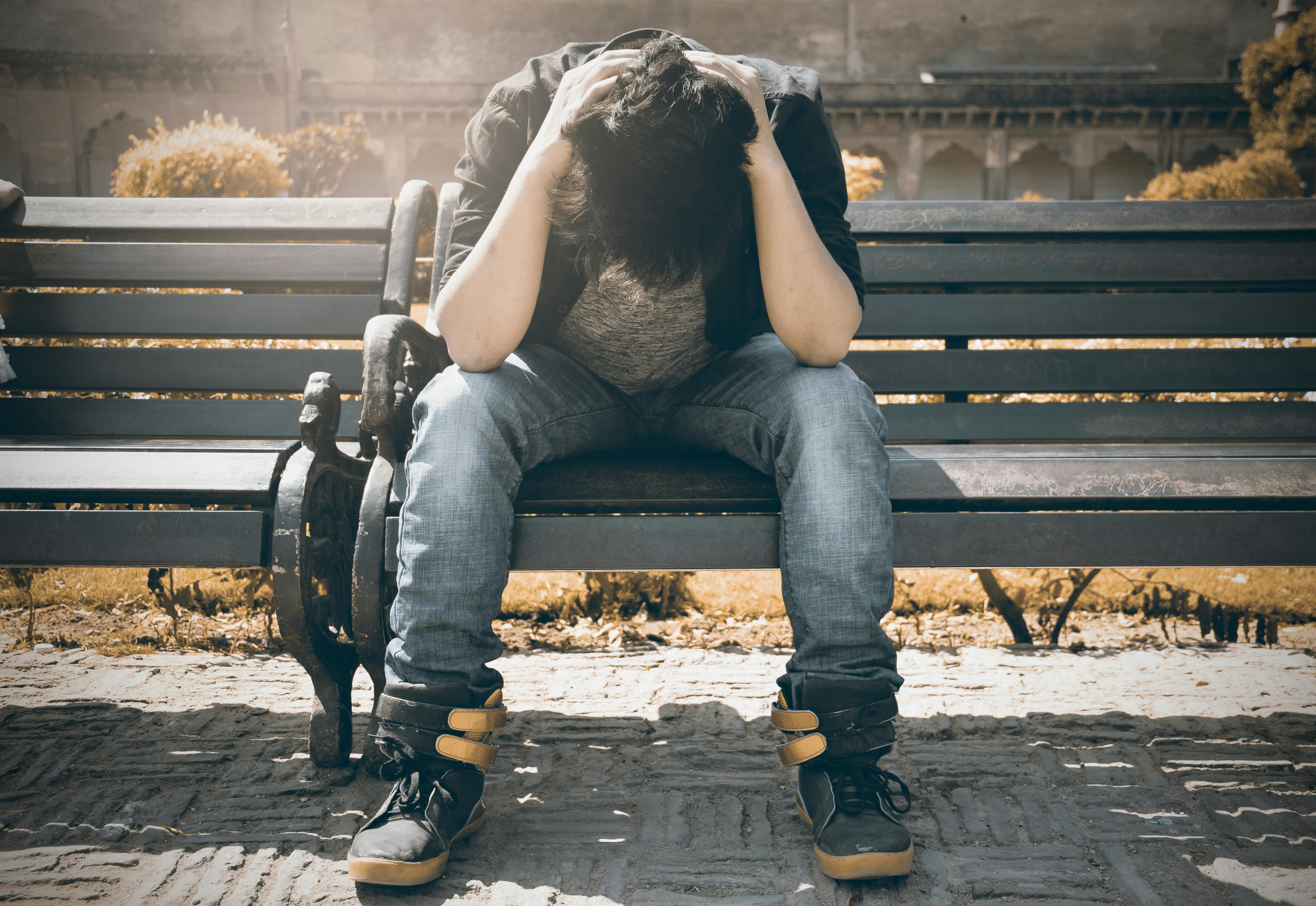Safeguarding
Safeguarding means protecting people's health, wellbeing and human rights, and enabling them to live free from harm, abuse and neglect.
Learn More



I got to school late today. No surprises there. Nobody even bothers to ask why I’m late or have a go now, not that I’d tell them anyway. What would I say? “Sorry Miss my mum had her mates round last night and they kept me awake drinking and playing the music really loud.” Then at about 3am ....
Read Full Case
I was thirteen when my mum died. She wasn’t perfect but she was my mum. About a year before she died me, my brother and sisters had to go into foster care because mum and James were always fighting. Then they split up and we got to go home again. Then they got back together and split up and got back together....
Read Full Case
Hello, come in. My name is Joe, and I am 11. I live at home with mum. My sister Rosie, who’s 16, used to live here with us but when mum became ill again, she moved to live with her boyfriend. She doesn’t visit us anymore which makes me sad as I really miss her. She used to help me look after mum....
Read Full CaseIf you’re new to safeguarding and child protection, it can be difficult to know exactly what you need to do to keep children and young people safe. We’ve put together answers to some of the most commonly asked questions about safeguarding, along with links to relevant resources, guidance and training to help you understand your safeguarding role and responsibilities.
Everyone who works or volunteers with children and young people has a responsibility to keep them safe.
If you are self-employed and work with children and young people, you will be responsible for having a safeguarding and child protection policies and procedures.
If you work or volunteer for an organisation, you should be aware of your organisation’s safeguarding and child protection policies and procedures, know what to look out for and how to respond if you have a concern.
A safeguarding issue or concern is anything that might impact on children and young people' safety and welfare, cause them harm, or put them at risk of harm. Sometimes, a child or young person might tell someone about (or disclose) abuse or neglect. You might also notice signs of abuse or see something that worries you. Safeguarding issues or concerns also include things that can increase the risk of harm – for example, not following safer recruitment practices, having inadequate supervision or not carrying out proper risk assessment for online and offline activities. You’ll find more information in our safeguarding concerns practice examples page.
If you think a child is in immediate danger, contact the police on 999. If you're worried about a child but they are not in immediate danger, you should share your concerns.
Each UK nation has specific legislation and statutory guidance for safeguarding children and child protection. This means that there are certain steps you should take to keep children and young people safe. Find out more about safeguarding and child protection in: